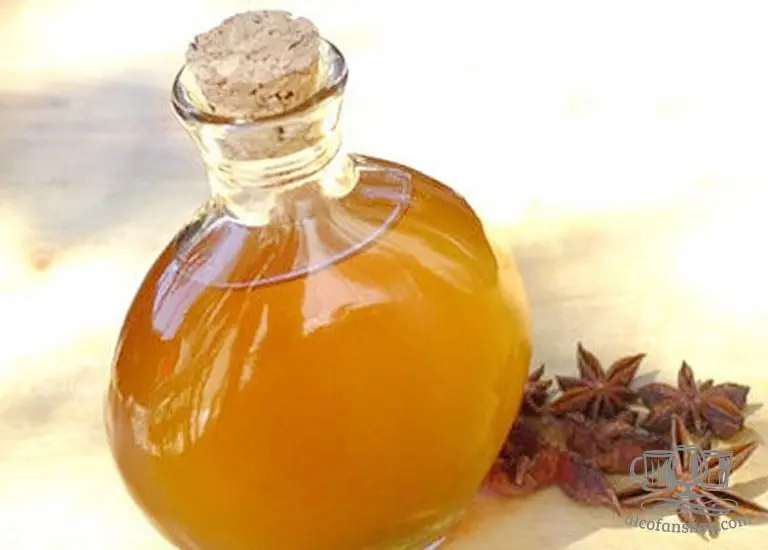Contents
Description
Anise liqueur is an alcoholic drink with a strength of from 25 to about 51. It is popular as an aperitif before a meal. People make Anise tincture by steeping anise seeds in vodka.
In the exposure process, the aniseed gives the drink its essential oil.
This drink appeared on the territory of modern Russia and Europe in the 16th and 17th centuries and the caravans of spices from the Far East. Thanks to its unique flavor, it is popular in baking and, of course, in vodka production.
Anise liqueur (anise) was the favorite drink of Peter I. it was Made of two types: based on the Chinese anise (star anise) and green anise, which grew on Russia’s territory. Anise liqueur infused with a mixture of two varieties of anise was sweet, almost colorless, and enjoyed great popularity. While the tincture on green Anis, fennel, coriander, and the lemon zest was very bitter, had a yellowish color, and was mainly popular for therapeutic and prophylactic purposes.
Currently, anise liqueur is popular in many countries globally, but, oddly enough, Russia is not among them. In Europe, widespread anise tincture became after the ban on absinthe in 1905

Due to the peculiar reaction of essential oils, anise tincture, when cold or diluted with water and ice – takes on a milky white color.
Anise tincture Benefits
Anise tincture is widely popular in folk medicine. Due to the large content of essential oils, it is also good to improve digestion and as a disinfectant. If there are problems with a stool, it’s a liquid, or conversely constipation; you should drink a tablespoon of anis tincture before each meal.
When you have a cough, bronchitis, tracheitis, and laryngitis – 5-10 drops of anis tincture add along with a tablespoon of honey to tea or brewed herbal rosehip, St. John’s wort, and hawthorn. Drink this mixture two times a day for several days. All depends on the condition and neglect of the disease. This remedy has a soothing action against cough, improves expectoration, and kills bacteria and viruses.
Anise tincture also improves women’s general feeling in the critical days, relieving pain and cramping in the abdomen and back. Take a teaspoon of tincture 3 times a day.
Healthy anise tincture recipes
If there are problems with the gums and bad breath, it helps to take 20 drops of anisic tincture in a glass of water. With the resulting solution thoroughly rinse your mouth after brushing your teeth in the morning and evening. After a few days, your gums will take the redness and eliminated the smell.
A sore throat can you may cure rinsing with a saturated solution of anisic tincture (50 g) and warm water (1 Cup). Gargle every hour. This will remove the purulent coating on the tonsils, relieve pain in swallowing, and speed up the healing process.
To improve lactation in nursing, you may add it to tea with milk and 2 tablespoons of some anisette. Do not worry about the alcohol content. It is such a small amount that will not cause harm to either the mother or the child.

The harm of Anise tincture and contraindications
Excessive use of some anisette can lead to alcohol dependence. Also, do not use tinctures if you are prone to allergies. This can lead to asthma attacks and anaphylactic shock.
Anise tincture is contraindicated for people prone to epileptic seizures and people with a high level of nervous excitability. The tincture is highly concentrated and should not be used for skin friction; it may be a chemical burn.
In treating pneumonia, bronchitis, and colds, do not abuse the infusion, which may exacerbate the disease. Do not exceed specified in the recipe’s recommended dosage.
Useful and dangerous properties of other beverages:









